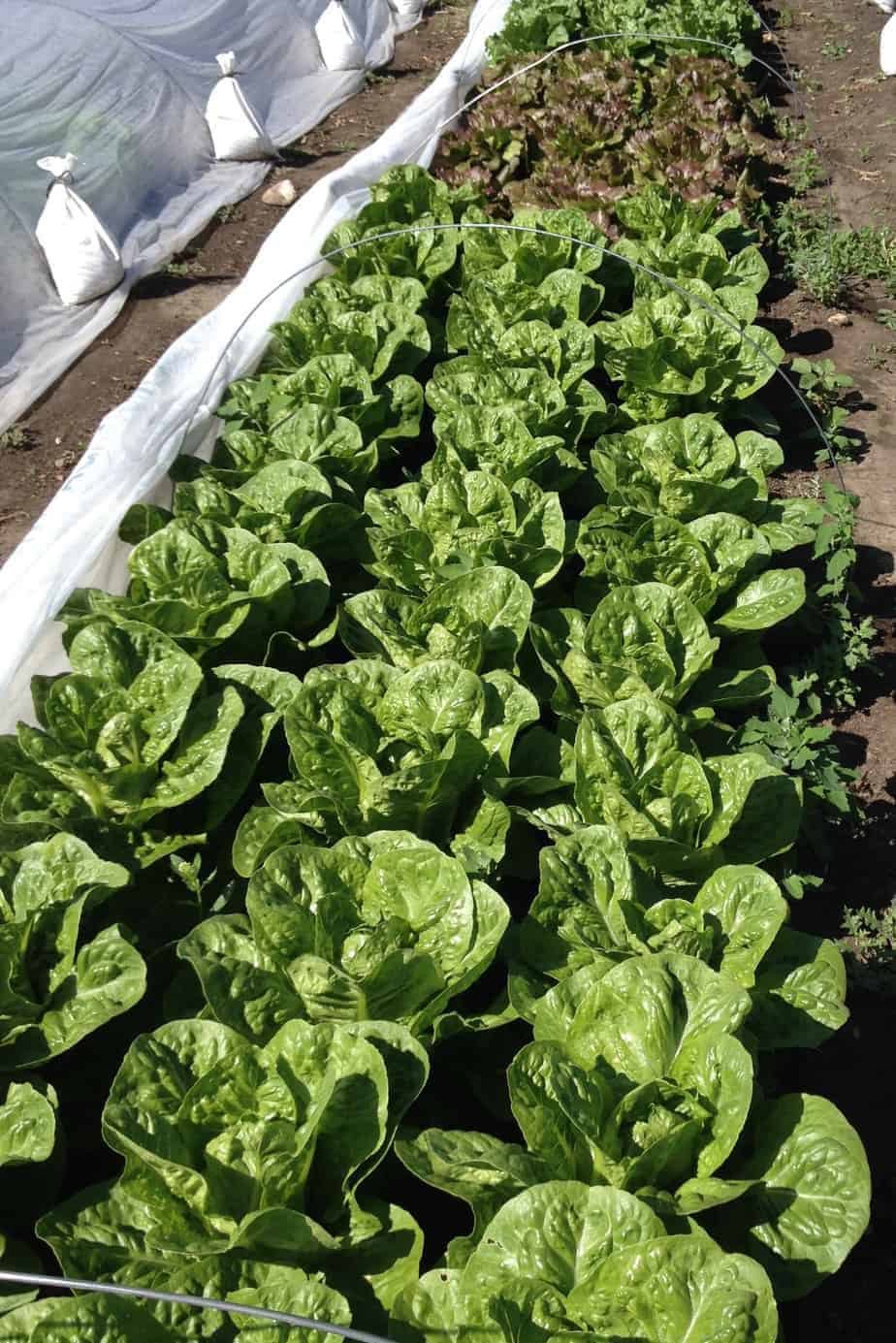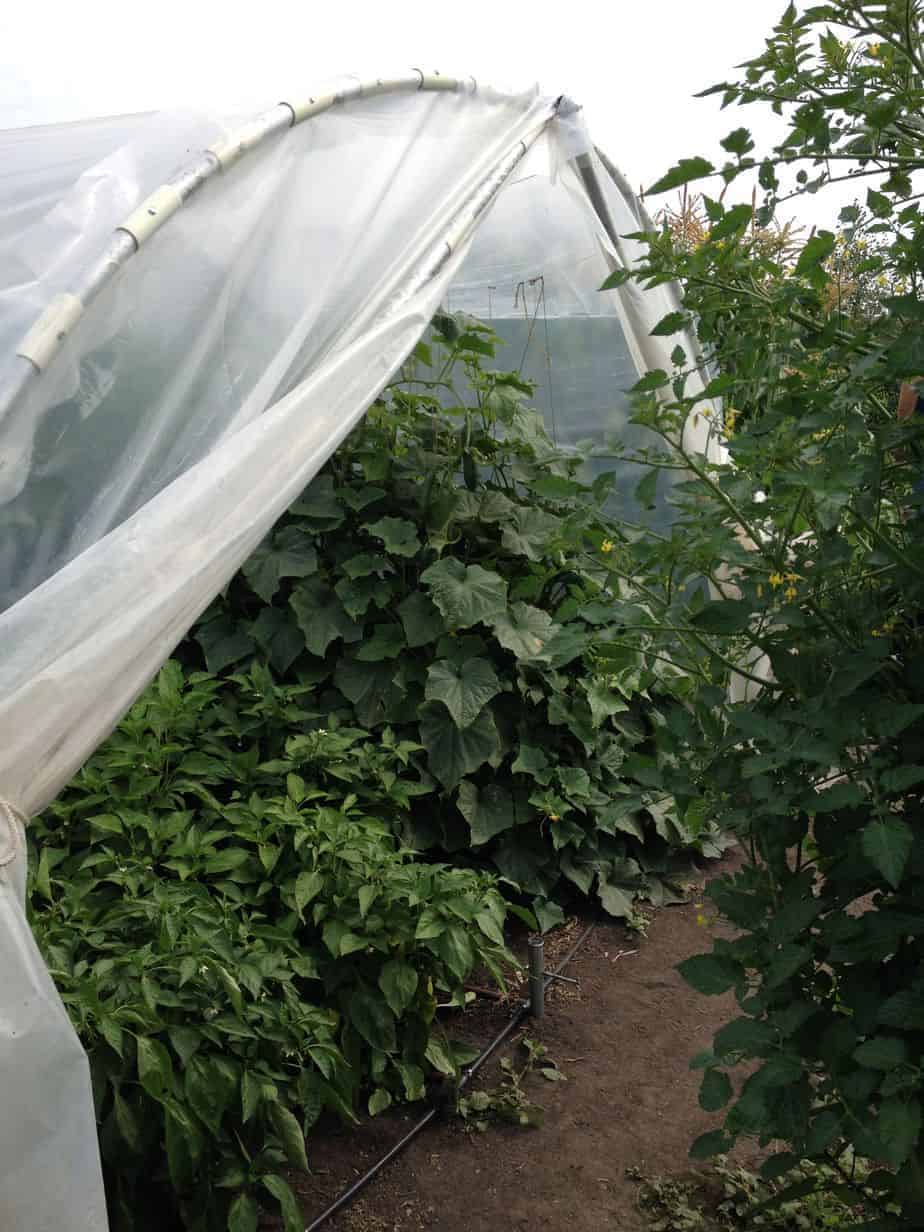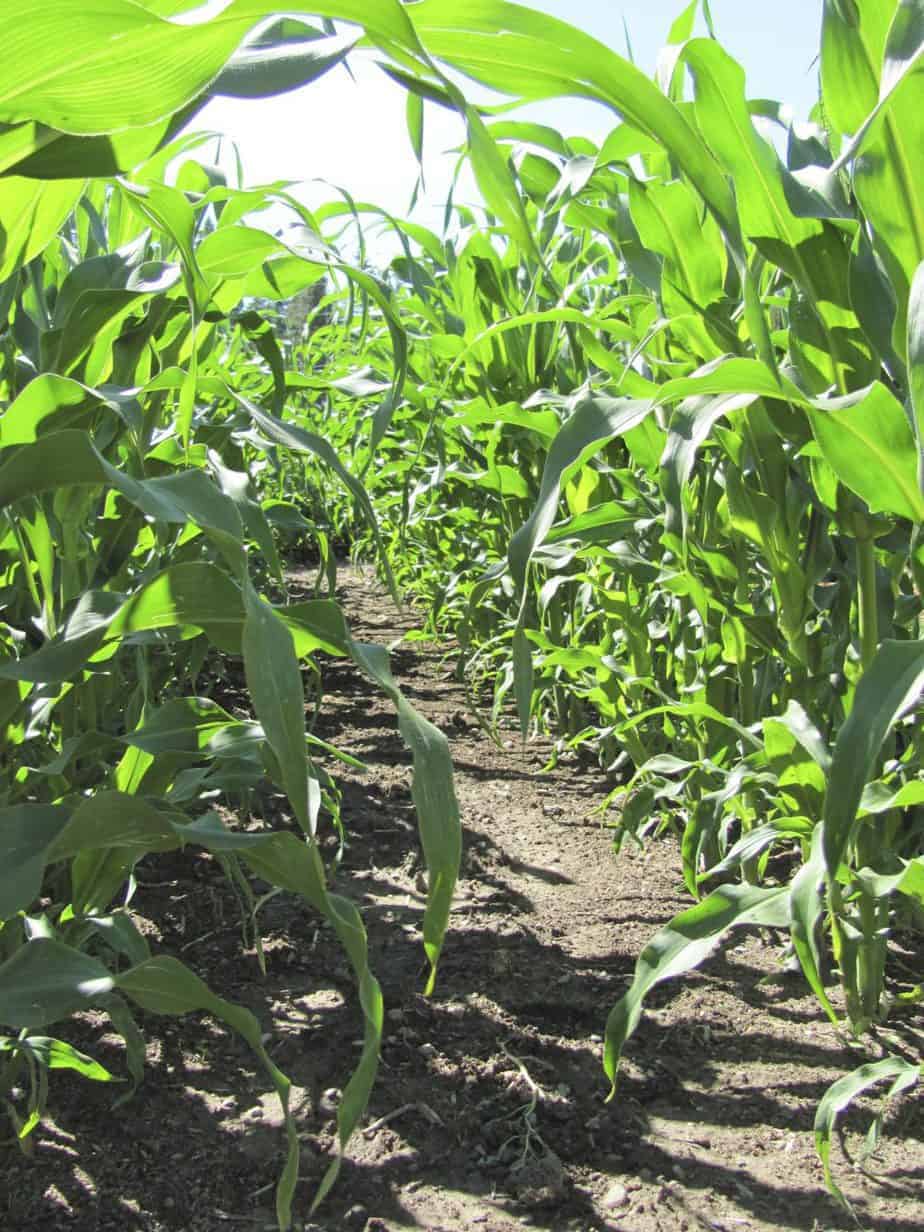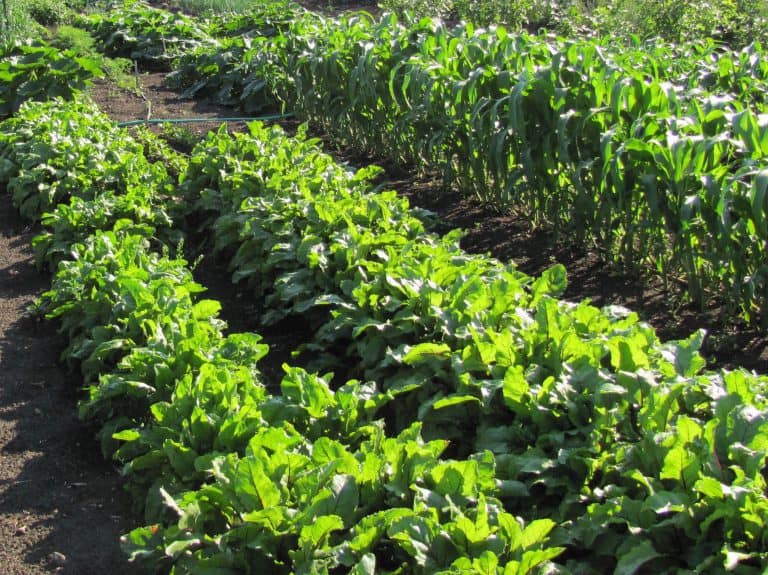
Green Manures and Cover Crops
Soil testing shows that we have fundamentally rich soil, high in phosphorous, potassium, and nitrogen as well as micronutrients such as calcium, iron, magnesium, manganese, zinc, boron and molybdenum.
We plant field peas, ryegrass and oats between crops to improve the fertility and quality of the soil. These cover crops also feed the soil life, and it's the soil micro-organisms that are largely responsible for producing plants that are healthy, flavourful and nutritious. The use of these "green manures" enables us to continually improve the soil and bypass the use of chemical fertilizers.
Compost
pH is another indicator we monitor. The prairies typically have somewhat alkaline soils, and our beds are no exception. We add compost regularly and till in vegetation at the end of the season; this addition of organic matter helps moderate the alkalinity. For more acid-loving crops, like potatoes, we add Canadian peat moss to the mix, again allowing us to amend the soil without the use of chemical fertilizers.
As well, compost adds organic matter to the soil. Organic matter is essential in that it:
-
provides plants with natural fertilizer, particularly nitrogen
-
increases the moisture holding capacity of the soil
-
gives the soil structure
-
increases microbial activity in the soil, enabling microorganisms to feed the plants

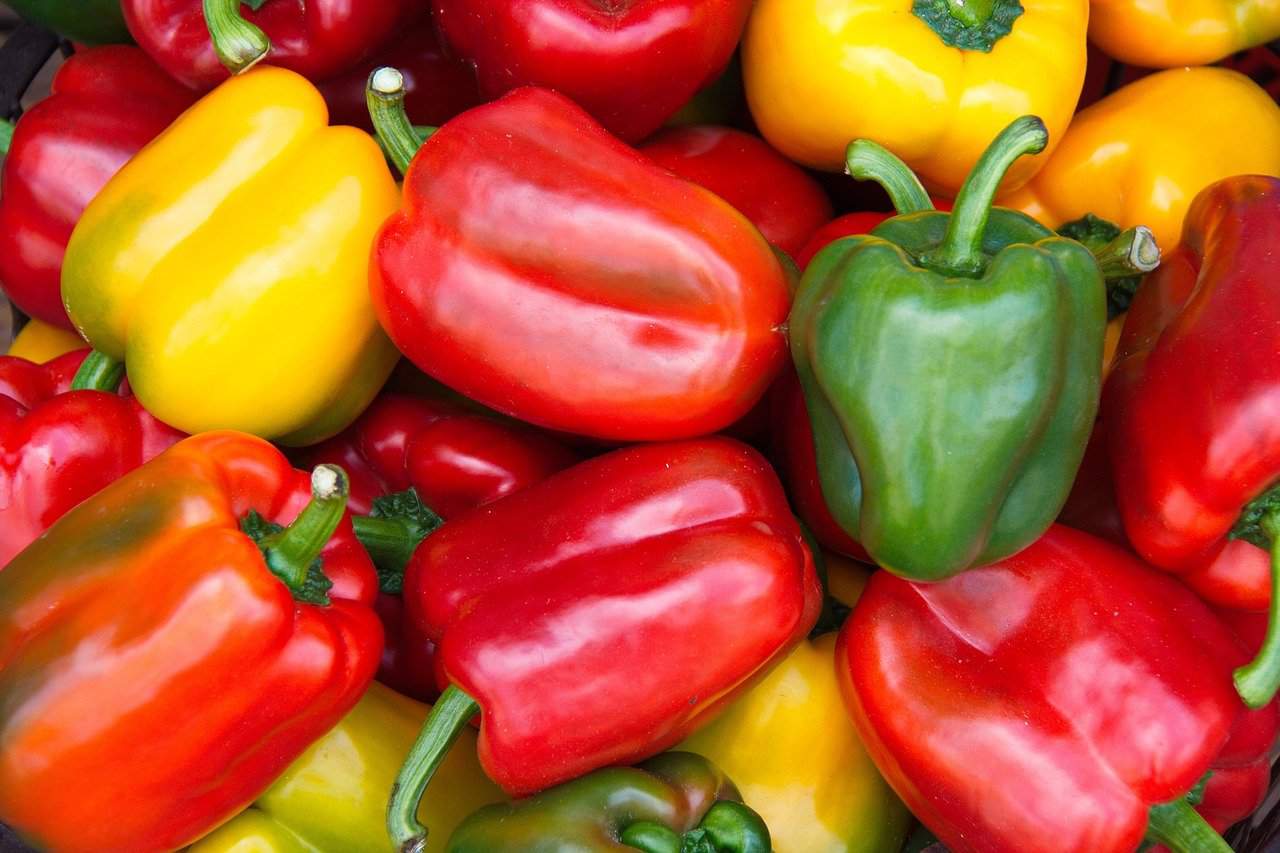
Crop Rotation and Selection
Disciplined crop rotation is another tool that we use to help us minimize pests and disease. We typically have a 5-year rotation, in some cases as much as 6 years. Our potatoes, tomatoes and cabbage family plants typically have very few problems, and we believe this is partly due to our strict crop rotation plan.
We are careful about the varieties we select for growing. Some plants grow best in cool weather, some in hot weather, some in dry climates, some in wet. By selecting varieties that do best in our dry Alberta climate, and that can handle our somewhat alkaline soil, we are able to grow beautiful vegetables, despite the vagaries of our prairie weather.
Reduced Tillage
In an effort to keep our soil biology healthy, we have recently been working to decrease the amount of tillage. Although we need to do some tilling, experimentation has shown that a reduction in both the frequency and depth of tillage helps keeps moisture in the ground and maintain biological equilibrium.
We have found that very shallow tilling minimizes soil disturbance and provides the following effects:
-
The soil absorbs and retains water more effectively
-
Carbon (organic) content of the soil increases.
-
Structure of the soil is optimized. The dirt gets much darker, and takes on a tilth and softness that plants love!
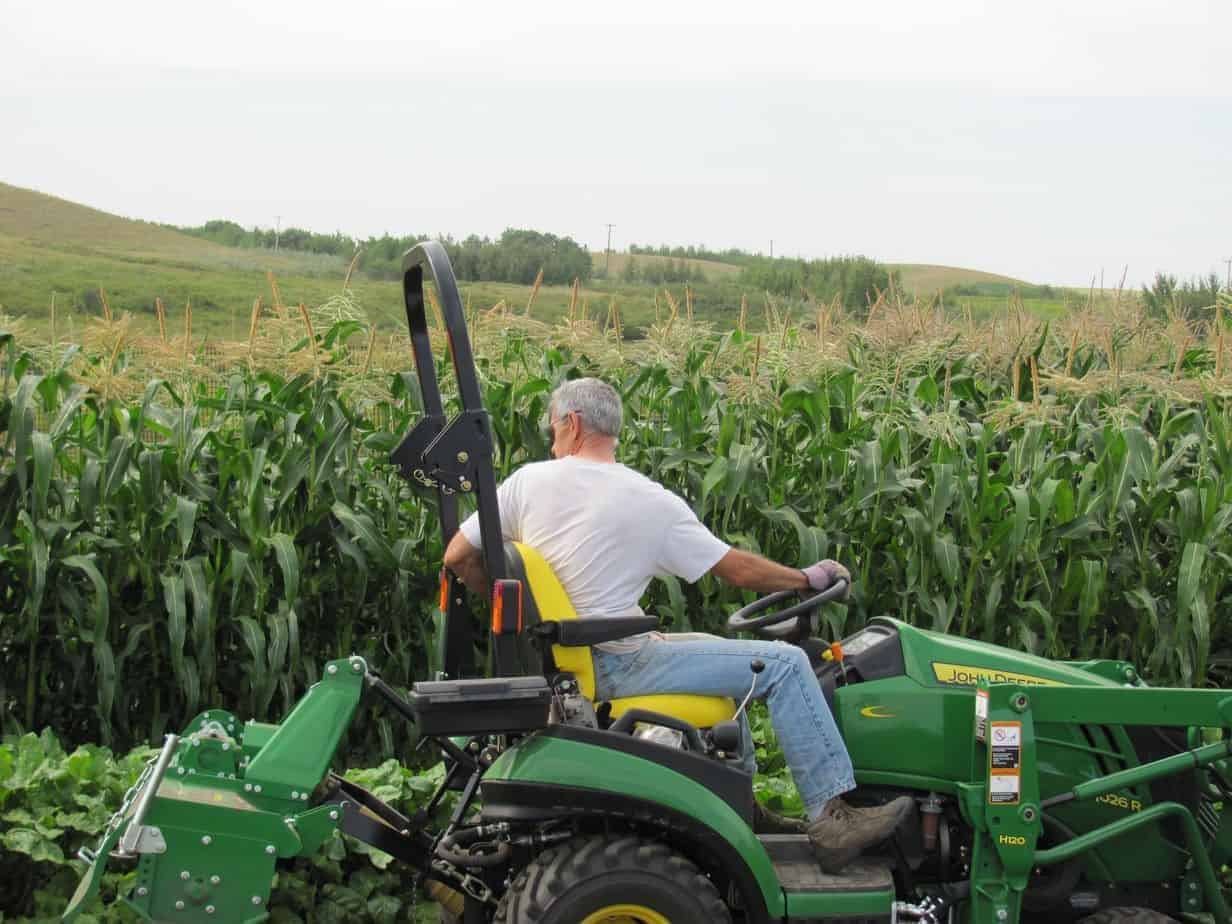
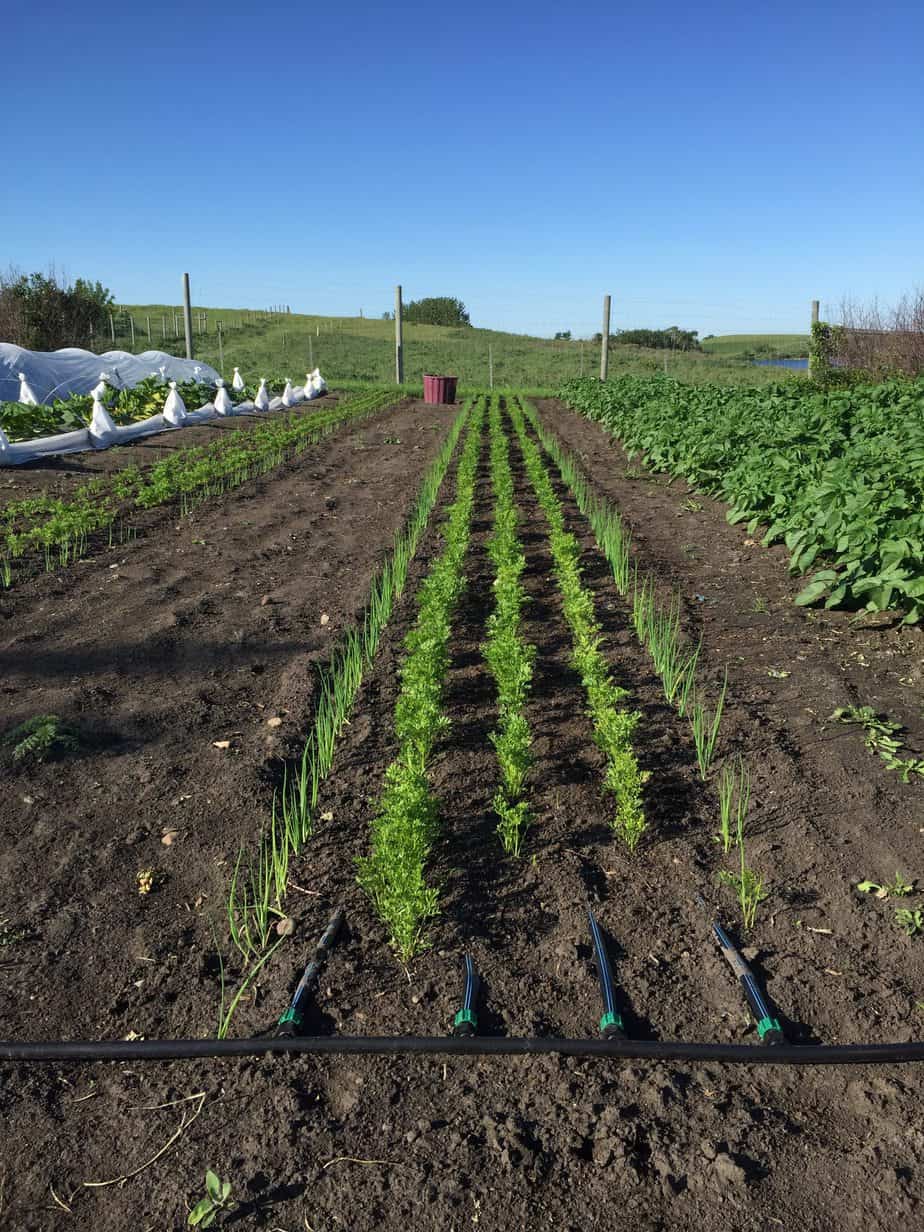
Water Management
Much of Alberta's climate is dry, and our farm is no exception. Water is sometimes scarce in the summer here, and we believe that water conservation is an important part of responsible stewardship.
To optimize our use of this precious commodity, we have installed a rainwater catchment system, and use drip irrigation to water our crops.
We plant our crops close together; this allows the plants to shade each other, minimizing water loss. It also helps to keep the weeds down!
